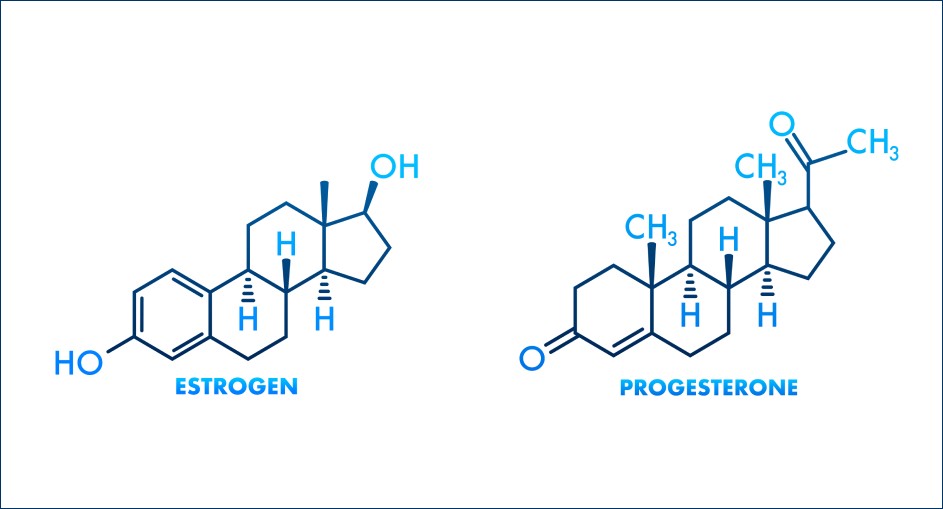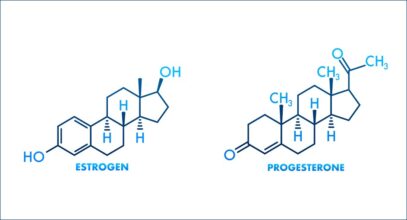which organ or organs produce estrogen and progesterone? testes ovaries uterus epididymis

In the intricate symphony of hormones that govern the human body, estrogen and progesterone are two vital players. These hormones are essential for a range of functions, from regulating the menstrual cycle to supporting pregnancy and maintaining overall health. But where do they come from? In this blog post, we’ll explore the primary organs responsible for producing estrogen and progesterone: the ovaries and the uterus.
The Ovaries: The Primary Estrogen Producers
The ovaries, often referred to as the female gonads, are the primary organs responsible for producing estrogen. Estrogen is produced in the ovarian follicles, small sacs that contain developing eggs. These follicles release estrogen into the bloodstream, where it plays a pivotal role in various aspects of female health.
Ovaries and Estrogen Production
Estrogen, often referred to as the “female hormone,” is responsible for regulating the menstrual cycle, supporting fertility, and maintaining bone density. It also contributes to the development of secondary sexual characteristics, such as breast development and the distribution of body fat.
The Uterus: Progesterone’s Source and Role
While the ovaries primarily produce estrogen, the uterus plays a crucial role in producing another essential hormone, progesterone. Progesterone is mainly produced by the corpus luteum, a temporary endocrine structure formed in the ovary after ovulation.
Uterus and Progesterone Production
Progesterone is often called the “pregnancy hormone” because of its central role in preparing and maintaining the uterine lining for pregnancy. It helps create a hospitable environment for a fertilized egg to implant and supports early pregnancy development.
Interplay Between Estrogen and Progesterone
These two hormones work in harmony to regulate the menstrual cycle and ensure the proper functioning of the female reproductive system. Estrogen stimulates the growth of the uterine lining during the first half of the menstrual cycle, while progesterone takes over in the second half to prepare the uterus for potential pregnancy.
Balancing Estrogen and Progesterone
An optimal balance between estrogen and progesterone is essential for reproductive health. An imbalance can lead to various health issues, including irregular menstrual cycles, fertility problems, and menopausal symptoms.
Other Organs and Hormone Production
While the ovaries and uterus are the primary sources of estrogen and progesterone, other organs play minor roles in hormone production. The placenta, for instance, produces large amounts of progesterone during pregnancy, maintaining the uterine lining and supporting the developing fetus.
Beyond the Ovaries and Uterus
Discuss how the placenta and, to a lesser extent, the adrenal glands contribute to hormone production during different life stages.
In conclusion, estrogen and progesterone are pivotal hormones in the female reproductive system and overall health. The ovaries are the primary source of estrogen, while the uterus and the corpus luteum play a vital role in producing progesterone. These hormones work together to regulate the menstrual cycle, support fertility, and ensure the well-being of women throughout their lives.
By understanding the sources and functions of these hormones, individuals can better appreciate the complexity of their bodies and the importance of hormonal balance.



